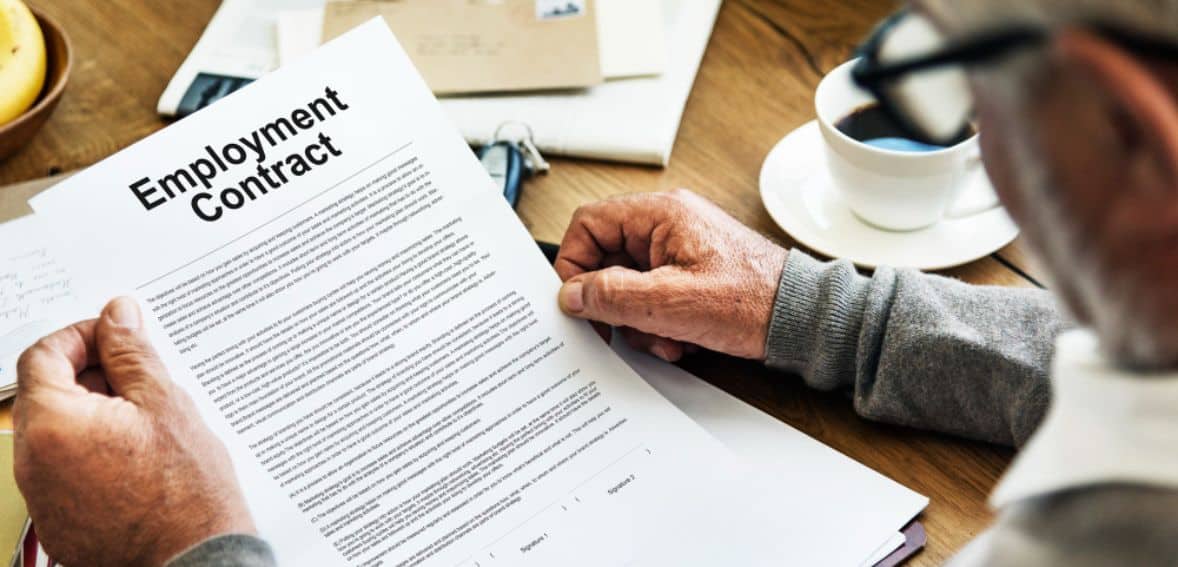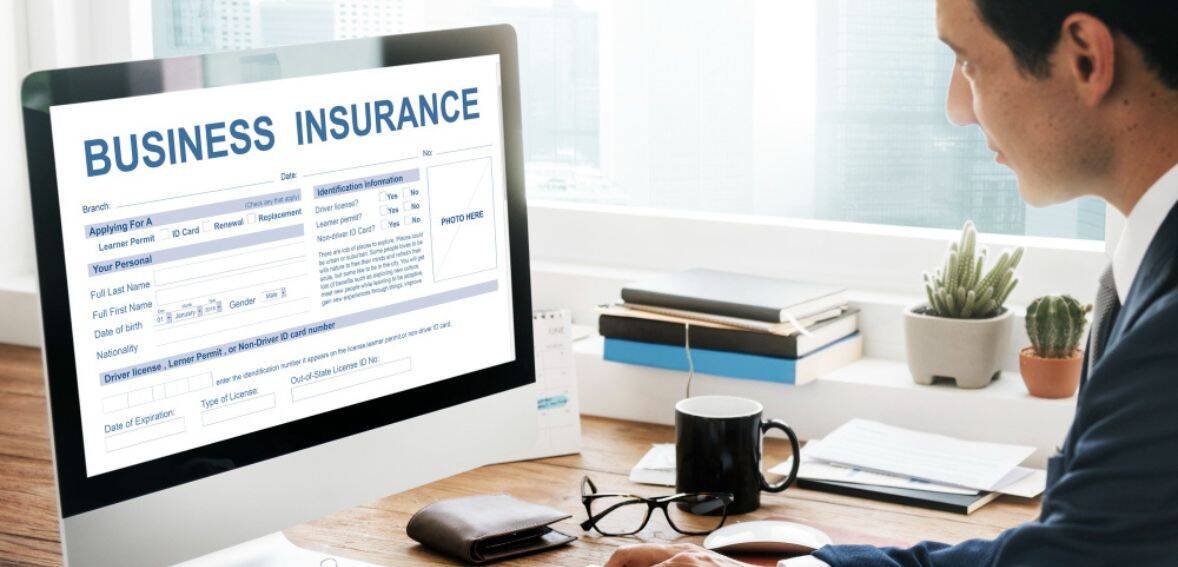
How to Protect Yourself from Liability on the Job
Shielding your company from workplace liability is key to safeguarding your employees, customers, and business image. Errors can occur, accidents can happen, or miscommunication can build, but being proactive can reduce the risk. Transparent agreements, adequate insurance, safety classes, and comprehensive documentation preparation allow you to reduce the chances of financial and legal issues while having a smooth process.
What Is Vicarious Liability?
Vicarious liability is where one business or individual is held responsible for another’s actions, even if they didn’t directly cause the harm. This is most commonly between employers and employees. When an employee commits a wrongdoing or acts negligently while performing his or her duties, the employer will be held responsible for any resulting damage or harm.
For instance, if a building contractor uses a crane in a manner that is unsafe and causes damage to adjacent property, the construction company can be held liable. Similarly, if a train driver loses control of a train and crashes into an individual, the train ownership company can be held accountable.
For an employer to be at fault, the misconduct of the employee should have occurred during the course of carrying out work, and the employer did not do everything reasonable to stop or reduce the harmful behavior. To put it simply, vicarious liability makes employers liable for what employees do in the workplace.
When Employers Can Be Held Responsible for Employee Actions

At times, an employer is also accountable for what his or her worker does while in the workplace, depending on the circumstances. The critical issue is whether or not the worker was on duty when the act was committed. For instance, if a worker commits an injury while performing his or her normal tasks while working, then the employer may be held accountable.
The same can be said if the employee breaks something or injures someone while using the employer’s equipment, such as a car or machine. Employers also bear responsibility when the employee is on company business at a corporate function or client seminar.
Other times, when an employer does not properly screen an employee’s background or does not properly keep him or her under supervision, they can be held liable for resulting injuries. Every case is unique, and an employer would only be held liable according to the facts and circumstances of a given case.
Common Employment Practices Liability Claims
Employment practices liability claims occur when a current employee, former employee, or even potential employee believes their employment rights have been violated. These claims are often regarding how a person was treated by their company or its representatives.
Typical basis for such conduct is discrimination on the grounds of race, gender, age, or other protected class; sexual harassment; wrongful dismissal; or unjustified refusal to promote or give work opportunity are also included. This can also arise from the result of work-related mental distress, excessive penalty or reduction in rank, revenge for reporting abuse of authority, or violation of the terms of an employment contract. In short, these allegations occur when workers feel they’ve been treated illegally or unjustly at work.
How Employment Liability Risks Affect Businesses

Employment liability risks affect the business from their bottom line to operations, staff morale, and even reputation. Companies need to know these impacts if they want to defend themselves and foster a healthy work environment.
The most direct effect is financial distress. Fees accumulate rapidly for job disputes. Even if the dispute never goes to court, companies frequently spend a lot of money on attorneys, fending off the claim, or negotiating an out-of-court settlement. Courts also have the authority to levy fines or penalties when the company is found to be in violation of labor laws. These surprise costs can damage profits and compel businesses to divert funds away from development or normal operations to solve the problem.
Secondly, reputation is also an issue. Word of job disputes can spread like wildfire, particularly on the internet, and impact public confidence. Customers, business partners, and investors might view the company in a negative light, impacting sales, share prices, and corporate reputation. It is generally much more difficult to restore confidence than it is to pay lawyers.
Thirdly, staff operations and morale policy can also be impacted. Claims handling is time-consuming and requires attention from the management, and this can hinder business operations as usual. Employees could be tense, distracted, or demotivated if they witness their employer reputation at stake. This can lower productivity and impact teamwork.
Lastly, recruitment and retention of talent become more difficult. Job applicants today seek fair, respectful, and ethical working conditions. An organization that has a poor image for employment problems can find it difficult to recruit the best talent, and not to forget current workers would begin to seek more better opportunities. Losing good employees can destroy the business in the long term.
In short?, employment liability exposures extend well beyond legal issues—funds, reputation, business operations, and employment stability are at risk as well. Take proactive steps on policies, training, and workplace culture to reduce these exposures and protect both the employees and the business.
How to Protect Yourself from Liability on the Job

Operating a contracting or building company is not without its own risks. Accidents, misunderstandings, or delays can soon turn into expensive issues if you are not equipped. Guarding against liability begins with sound planning, communication, and documentation.
Firstly find out how to safeguard your business and maintain jobs on track. Begin by placing your scope of work into words explicitly. Clearly written scope prevents disputes and confusion later on. It must define precisely what work is to be performed, who is going to perform it, and what is excluded. Always write out the details—materials, labor, and schedules—and put it all into your contracts. When there is a change, prepare a signed change order before performing additional work. Written documents keep everyone on the same page and minimize opportunities for dispute.
Secondly, get your contracts and subcontractor agreements in order. Poorly written or weak contracts are sure to create huge issues. Each contract should reference terms of payment, timelines for the project, the actual work to be done, and how changes are to be addressed. For subcontractors, include specifications about their specific responsibilities, insurance paperwork, and performance-based pay. If necessary consult a lawyer to review your contracts to make sure you’re fully protected.
Thirdly, It’s also a good idea to carry the right liability insurance coverage. Even the best-prepared contractor will have accidents or claims. General liability, workers’ compensation, and commercial auto coverage are bare minimums. Builder’s risk insurance will be handy when the property being built gets damaged, and professional liability (E&O) insurance will be handy when you do design or consulting services. Read your policies annually to ensure that your coverage remains suitable for the size and type of jobs you do.
Another good practice is to use liability waivers when needed. These documents can help to limit your responsibility if something goes wrong, as long as you’ve done your job safely. They work especially well when you’re working in occupied homes or around high-value property. Always use simple, clear language and keep signed copies in your records.
Always remember good documentation is your best protection. Photograph every job before, during, and after completion. Document daily who shows up on site, what gets done and any possible delays. When there’s a dispute or claim these records will detail exactly what occurred.
Additionally you should also promptly report and respond to incidents. For an accident, report the accident on the same day. Record what occurred, who was present, witnesses, and actions taken. Photograph if there is damage or injury, and send the report to your insurance company if necessary and follow up with safety meetings or training to prevent future problems.
Last but not least, put jobsite safety first. Regularly check safety equipment, use best practices for utilizing safety equipment, and hold safety seminars every week to prevent accidents and injuries. Update safety records and training certificates. A good safety program not only prevents injury to your employees but also limits your liability and insurance expense.
Add Your Heading Text Here
Reduction of Workplace Liability through Effective Training

Workplace liability is typically a nuisance to companies, but one of the best ways to minimize it is with superior employee training. When workers are trained in safety protocols, company policies, and their job, the likelihood of accidents, errors, or claims decreases sharply. Training not only benefits the company—it also creates a safer workplace for employees with more confidence.
Begin by giving safety training to everyone, particularly if they are working with equipment, chemicals, or in hazardous zones. Educate them on how to safely use tools, wear protective equipment, and identify areas of danger. Conducting regular safety drills and periodic refresher courses will ensure they are always current with the property safety practices.
Secondly, job-specific training is also necessary. Employees need to be properly trained on what their jobs are and the right procedures for completing the job. This reduces mistakes that can result in damage to property, injury, or lawsuits. For instance, proper training of contractors in equipment operation minimizes accidents and saves the company as well as the employees.
Another significant area of focus is legal safety and compliance training. Ensure employees are aware of the laws governing the workplace, company policy, and ethical practices. This includes understanding discrimination, harassment, and how to report any such incidents. Educated employees are less likely to be involved in behavior resulting in employment practices liability claims.
Finally, maintain a record of all training sessions. Document who attended, what was covered, and when the training occurred. This record can help your business if something happens, demonstrating you made proper attempts to train and protect your employees.
How to Handle a Liability Claim Against Your Business
If someone sues your business due to something one of your employees has done, remain calm and act quickly. First, call your insurance company immediately—they will walk you through the process and take the claim on your behalf if necessary.
Secondly, produce a copy of all that is related to the issue, including contracts of employment, training records, company policies, and any incident reports concerning the issue. It is also advisable to consult a legal professional, as vicarious liability claims are problematic. Seeking professional advice makes you understand your obligations and safeguard your enterprise. Quick action and honesty are essential in responding to any claim.
Main Insurance Products to Shield Your Business against Liability Claims

Insurance Type | Coverage
|
Employers’ Liability Insurance | Covers claims from employees for illness or injury sustained at work
|
Public Liability Insurance | Protects against claims from third parties for injury or property damage
|
Professional Indemnity Insurance | Covers claims related to professional services or advice
|
Directors and Officers Insurance | Protects company leaders from personal liability |
Conclusion
Reducing liability on the job requires careful planning, clear communication, and consistent safety practices. By using strong contracts, proper insurance, employee training, and detailed documentation, businesses can protect themselves from accidents, disputes, and legal claims. Taking these steps not only safeguards your company but also creates a safer, more efficient, and professional work environment both for your team and clients.
FAQs
What is job site liability?
Jobsite liability is a company’s legal liability for accidents, injuries, or damage suffered on the job.
How can companies minimize liability?
Utilize transparent contracts, adequate insurance, employee training, safety procedures, and detailed documentation in order to minimize risks and legal exposure.
Does insurance of liability entirely shield a business?
No, insurance limits risk but does not cover big negligence or unsafe business practices.
Why is documentation key to liability?
Photos, logs, and reports serve as evidence of work and safety precautions, insulating the business from dispute or complaint.
Should employees be trained to maintain liability protection?
Yes, trained employees are less likely to be a part of accidents, errors, or complaints, minimizing financial and legal liability.